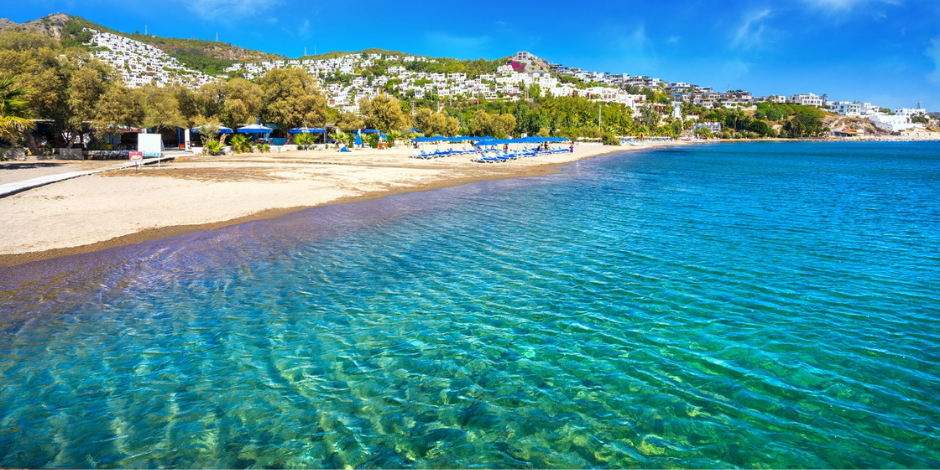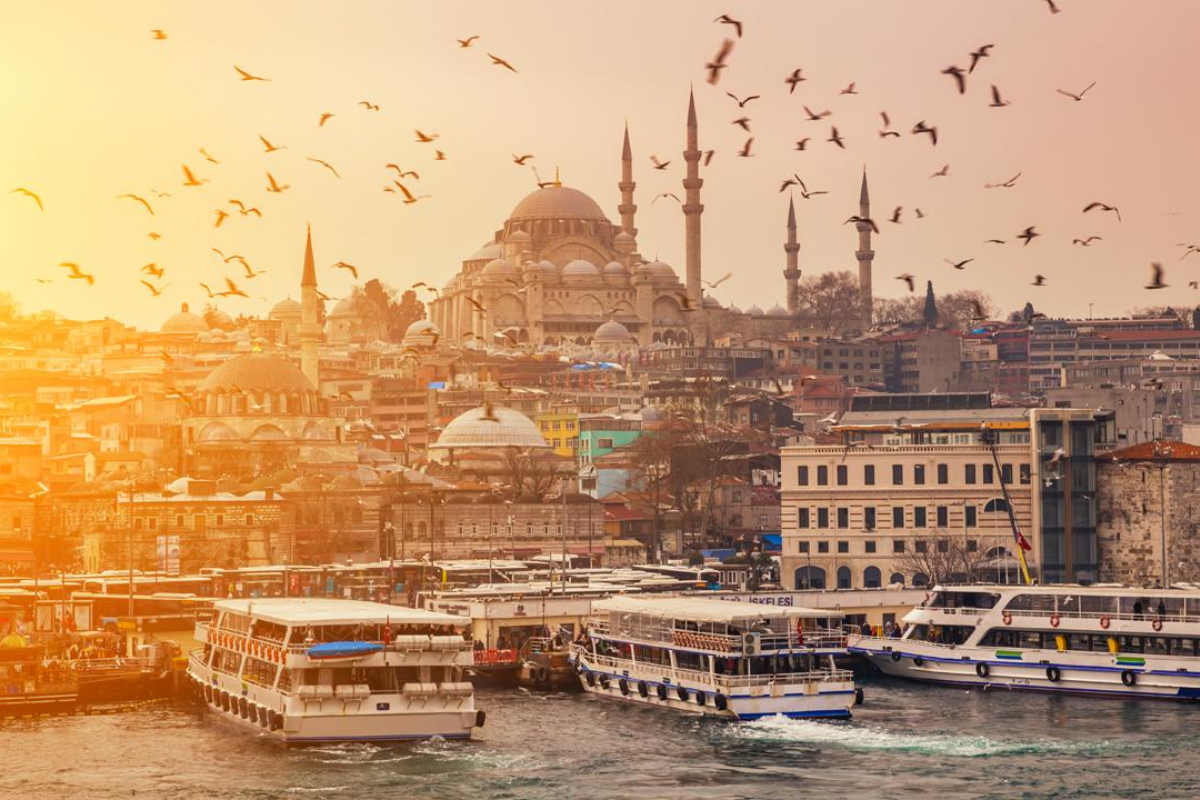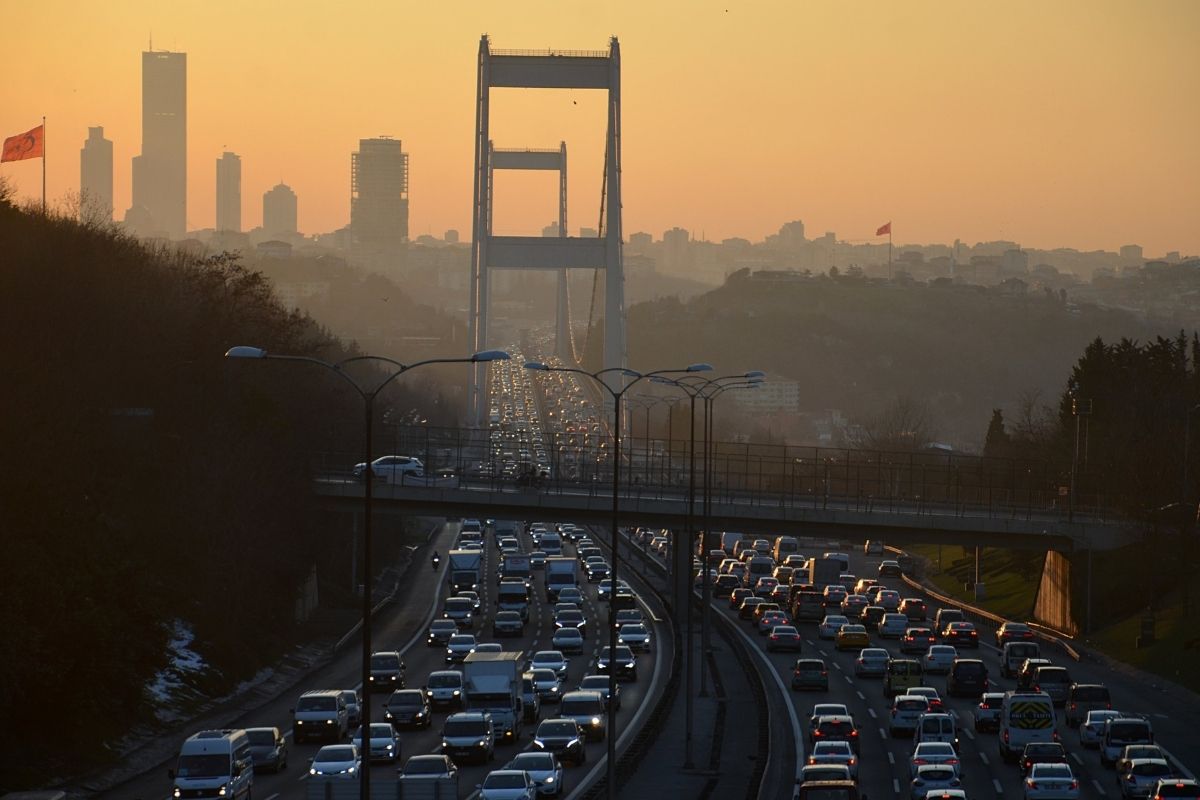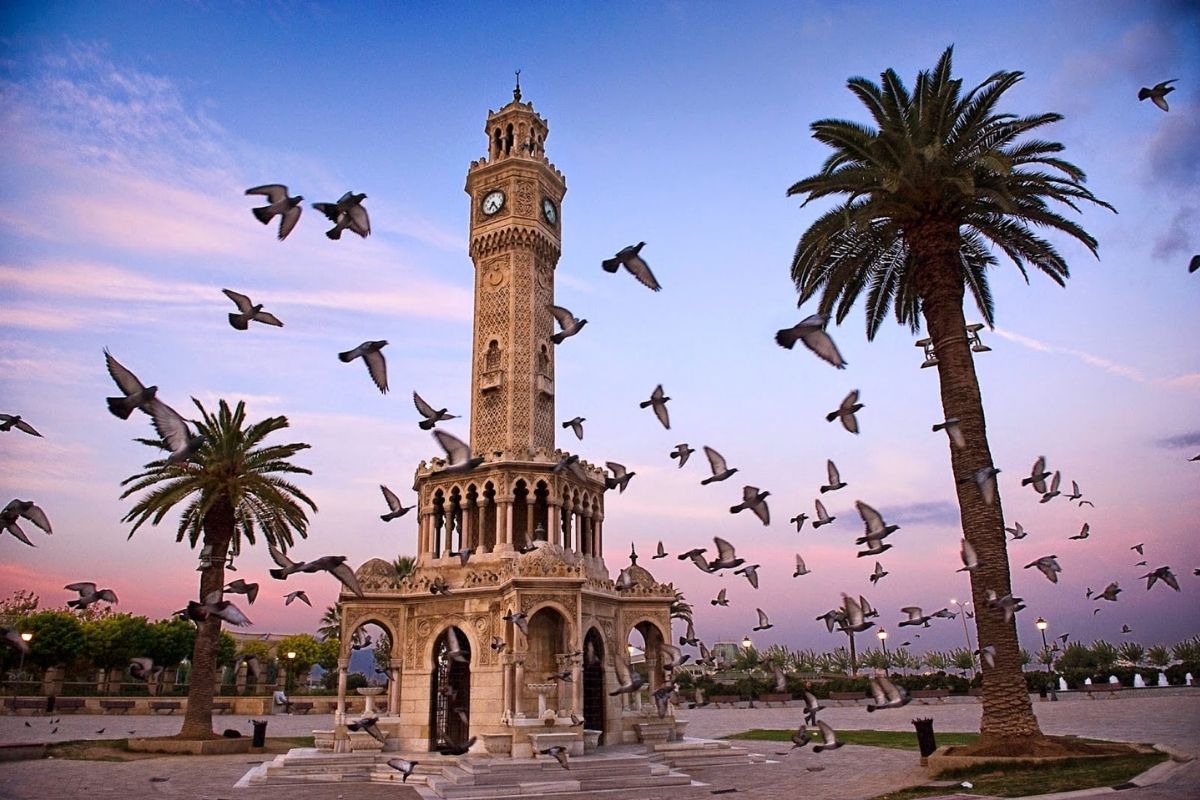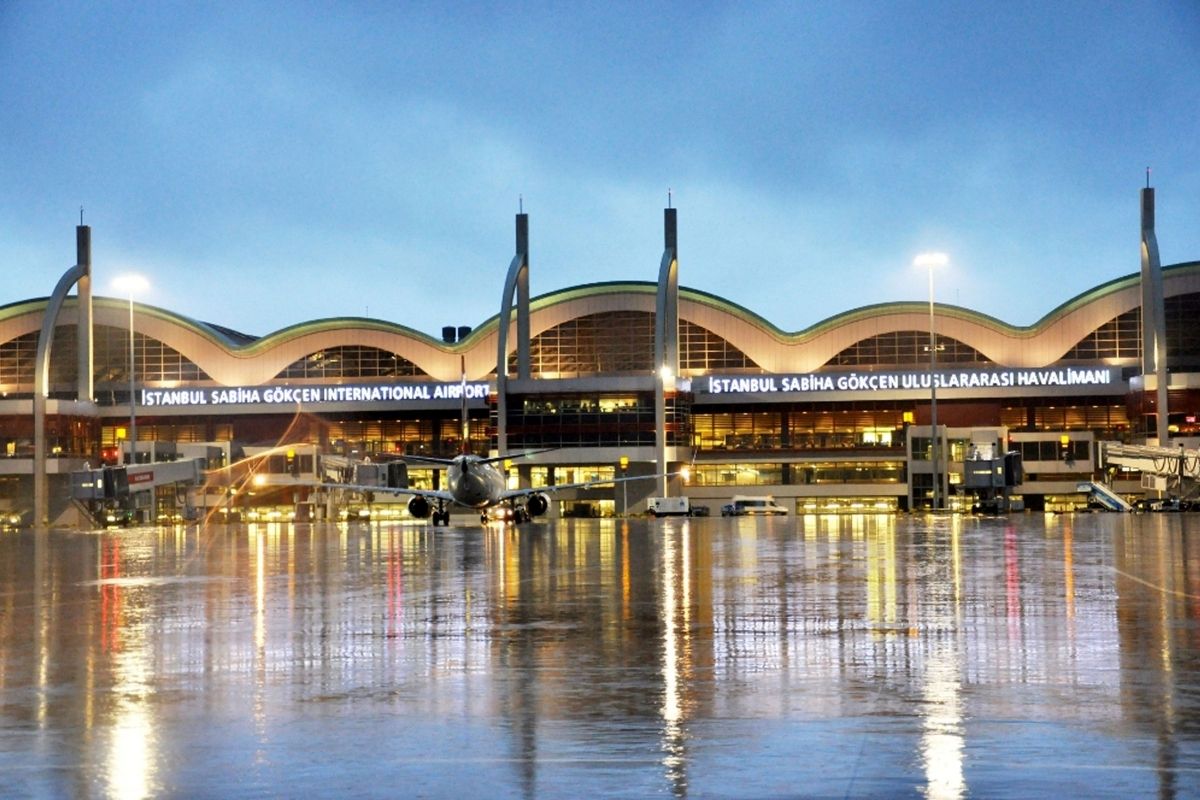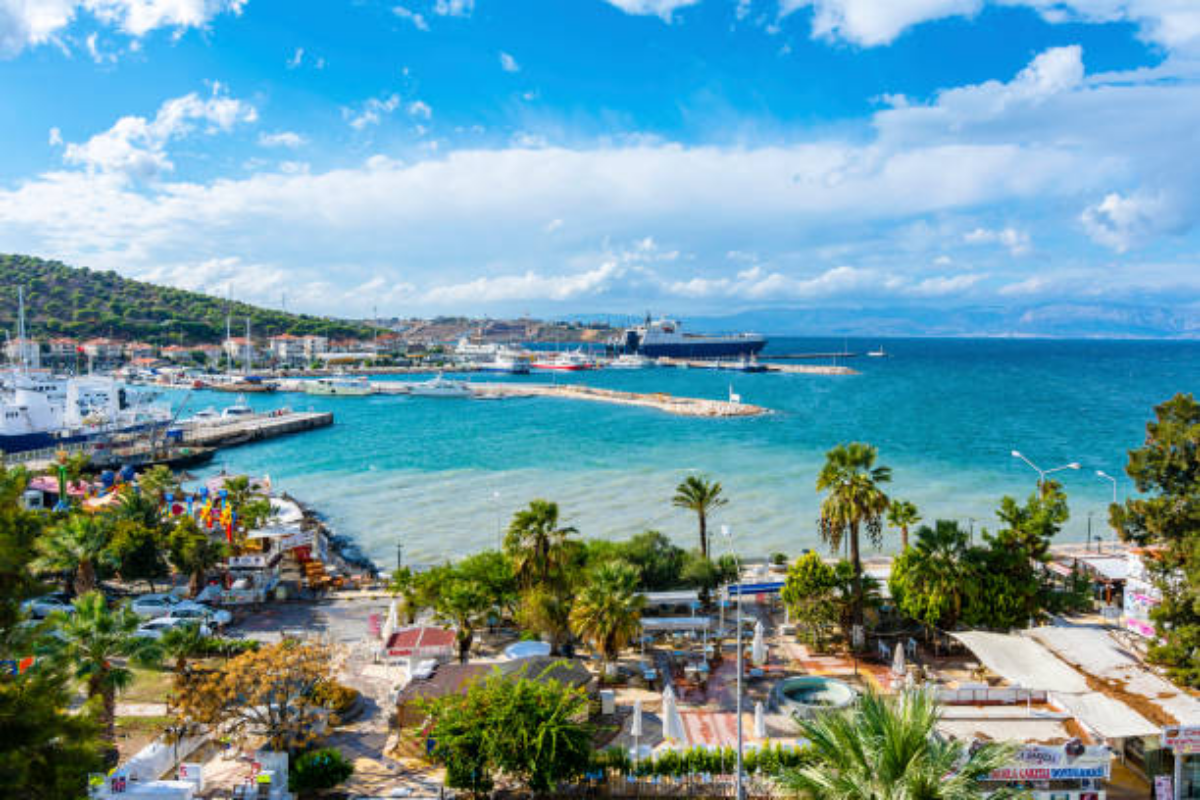Cittaslow Movement: The Calm Rhythm of Slow Cities
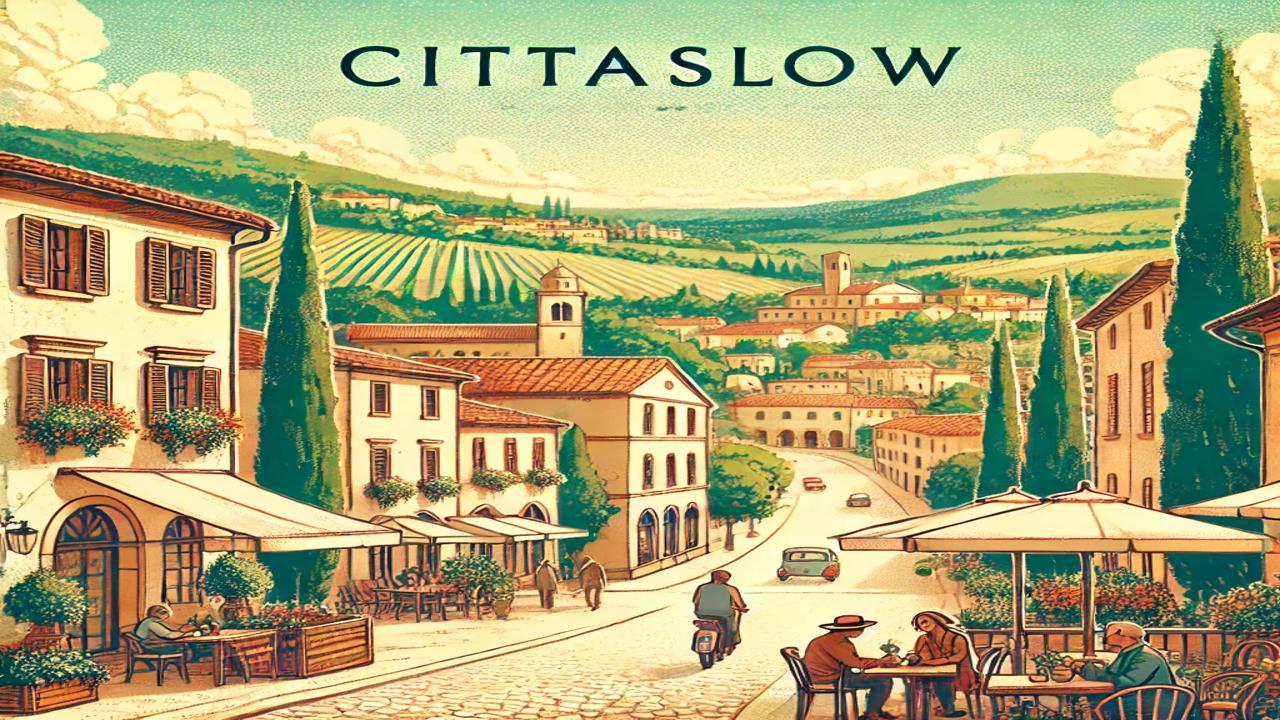
History of the Cittaslow Movement
The Cittaslow movement emerged in 1999 in the city of Bra, Italy. Led by Italian chef Carlo Petrini, the movement was born as a response to the fast-food culture and the stressful tempos of modern city life. Initially starting in Italy, this movement has gradually spread worldwide. Today, hundreds of cities that have joined the Cittaslow movement implement various practices that support a calm way of life.
Basic Principles of the Cittaslow Movement
The Cittaslow movement creates a network of slow cities and enables cities to earn the "slow city" title based on specific criteria. Here are some of these principles:
-
Environmental Awareness: Slow cities protect nature with practices that do not harm the environment. Organic farming, recycling, and eco-friendly transportation systems are common in these cities.
-
Support for Local Products: In slow cities, local production and handicrafts are emphasized. Organic products are sold in local markets, and production using traditional methods is encouraged.
-
Protection of Cultural Heritage: Cittaslow cities focus on preserving their historical and cultural heritage, ensuring that local identities are maintained.
-
Slow Transportation and Public Transit: Avoiding fast transportation systems, alternative modes of transport such as walking paths and bicycle lanes are created.
-
Social Solidarity: In slow cities, community awareness and social solidarity are crucial. Interactions among local people are strengthened.
Benefits of the Cittaslow Movement
The Cittaslow movement not only makes cities more livable but also improves the quality of life for individuals. Here are some of the benefits the movement offers:
-
Less Stress: The high levels of stress and pressure that come with fast city life are much lower in slow cities. This is a significant advantage for those seeking a calm lifestyle.
-
Harmony with Nature: Thanks to eco-friendly practices, living in harmony with nature is possible in slow cities. Clean air, green spaces, and healthy food are just a few of the natural beauties these cities offer.
-
Stronger Social Relationships: Small and intimate communities allow for stronger social bonds among people. In slow cities, neighborhood relations are more robust.
-
Sustainable Tourism: Cittaslow cities encourage sustainable tourism. Tourists can visit without disrupting the local way of life, which also contributes to the local economy.
The Cittaslow Movement in Turkey
The Cittaslow movement is rapidly spreading in Turkey as well. Turkey hosts many Cittaslow members worldwide. These cities stand out with their promotion of local products, eco-friendly practices, and calm lifestyles. Some of the Cittaslow cities in Turkey are:
- Seferihisar (Izmir): The first Cittaslow city in Turkey, Seferihisar is known for its calm lifestyle, organic market, and eco-friendly practices.
- Gökçeada (Canakkale): Gökçeada, one of Turkey’s largest islands, offers a lifestyle intertwined with nature.
- Yalova: Known for its thermal waters and natural beauty, Yalova is another Turkish city that has joined the Cittaslow movement.
- Akyaka (Muğla): Akyaka, the gem of the Aegean, has earned the Cittaslow title with its natural living spaces and sustainable tourism.
The Future of Slow Cities
Today, the Cittaslow movement is embraced by more and more cities. With the rapidly growing global population, urbanization, depletion of natural resources, and stressful living conditions, slow cities offer a solution to these issues. The widespread adoption of slow cities heralds a future where a healthier, environmentally-friendly, and sustainable way of life is increasingly important.



